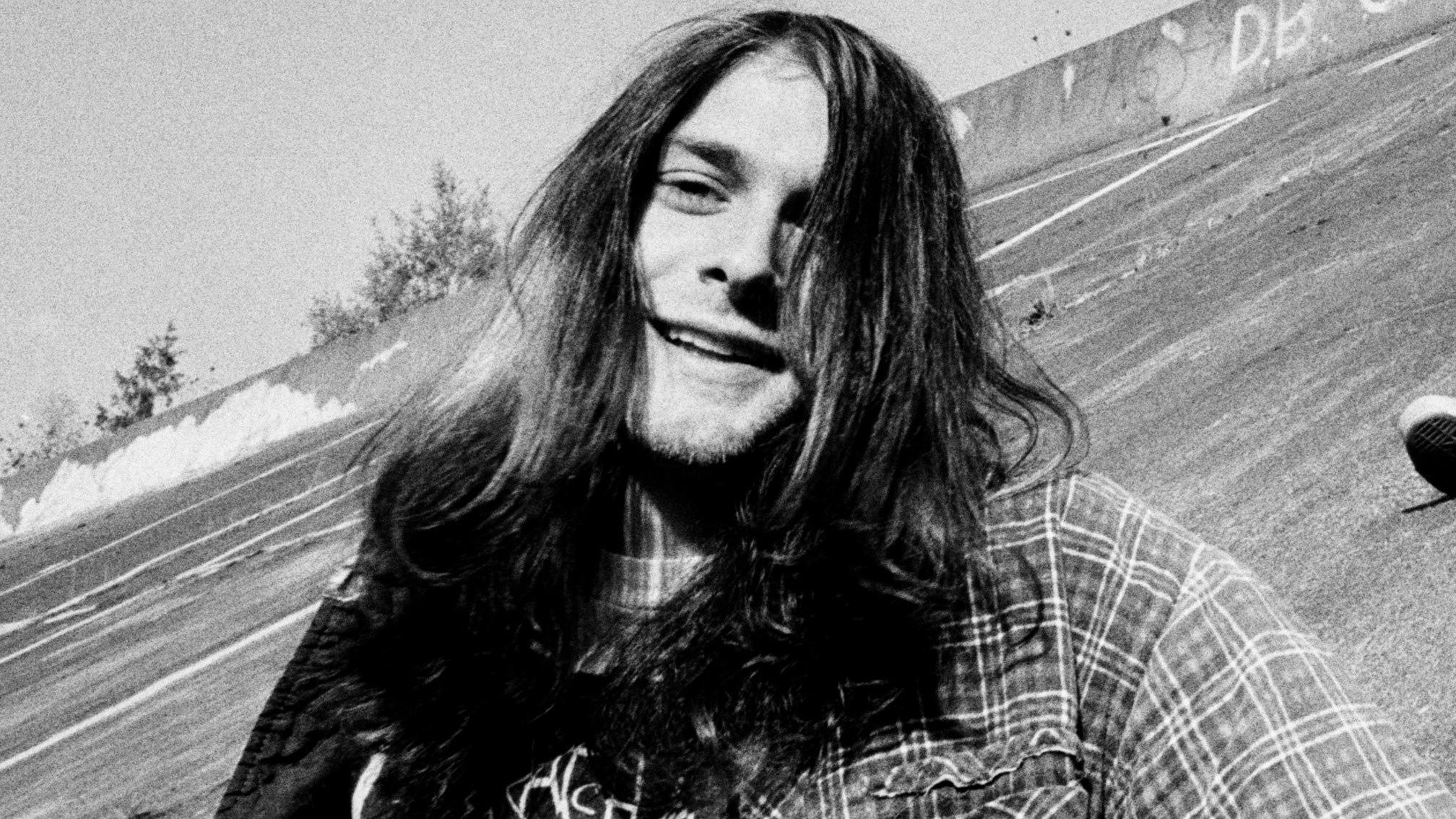When Kurt Cobain’s Journals were published in 2002 they provided fans with genuine insight into the man and his music through both his diary entries as well as a series of deeply personal illustrations. The subjects Kurt tackled ranged from his own insecurities through to pop culture and on his dissatisfaction with the world he saw around him. Throughout the 280-page book, his fascination with music runs deep.
Like every music nerd, Kurt also felt obliged to compile a list of his favourite records, labelling it ‘Top 50 By Nirvana’. That list is presented here with our annotations. We suggest you dig in to this music. It shaped the way Kurt thought, wrote and played, and it might just change your life…
